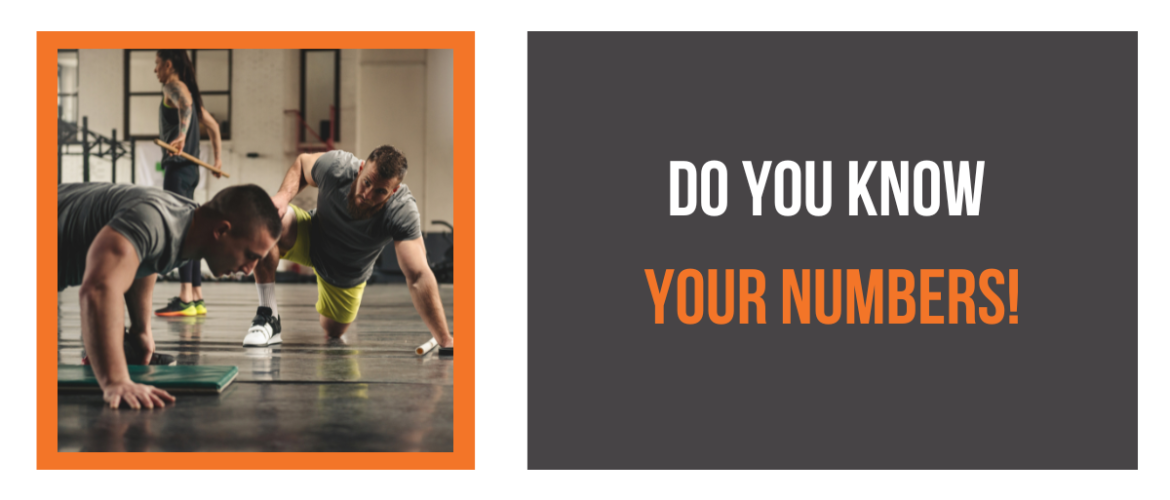GET IN TOUCH TODAY!
"*" indicates required fields

As a fitness enthusiast, you know that achieving your personal best is all about setting the right goals and staying on top of your progress. But how do you ensure you’re training effectively and optimising your results? Health and fitness assessments are the key. These assessments go beyond simple measurements – they provide deep insights into your strengths, weaknesses, and overall health, giving you the tools to reach your full potential. Here’s why regular assessments should be a cornerstone of your fitness routine.
You’re already dedicated to fitness, but are you working towards the right goals? Health and fitness assessments clearly understand your current abilities, from cardiovascular endurance to muscular strength and flexibility. With this knowledge, you can set precise, attainable goals that push your limits without overwhelming you. Whether you aim to increase your strength, build endurance, or improve mobility, an assessment helps you tailor your training plan to achieve those goals faster and smarter.
Your time is valuable, and your workouts should be as efficient as possible. Fitness assessments allow you to focus on areas that need improvement and create a customised workout plan for you. Whether you’re looking to increase your bench press or shave minutes off your run, assessments provide the data you need to refine your workouts and maximise gains. Instead of guessing, you’ll know exactly where to target your efforts for the best results.
One of the greatest challenges for any fitness enthusiast is staying injury-free. By undergoing regular health and fitness assessments, you can spot potential weaknesses and imbalances before they lead to injury. From postural issues to muscular imbalances, assessments help identify problems so you can address them with corrective exercises, keeping you strong, mobile, and performing at your best.
Tracking your progress is essential to staying motivated. Health and fitness assessments give you tangible evidence of your improvements. Whether it’s a gain in muscle mass, a reduction in body fat, or increased flexibility, seeing progress in black and white boosts your drive to keep going. Regular assessments keep you accountable and clearly show how far you’ve come—and where you can go next.
Fitness isn’t just about what you achieve today—it’s about setting yourself up for a lifetime of health and wellness. Regular assessments allow you to track your progress and adjust your routine to stay on top of your game. By consistently monitoring key health metrics, you can ensure that you’re not only improving your fitness but also supporting your long-term well-being.
Below are some common methods used to assess the key components of health-related fitness: muscular strength, muscular endurance, cardiovascular fitness, flexibility, and body composition.
Definition: Muscular strength refers to the maximum amount of force a muscle or muscle group can exert in a single effort.
Assessment Method:
Definition: Muscular endurance refers to the ability of a muscle or muscle group to perform repeated contractions over time without fatigue.
Assessment Method:
Definition: Cardiovascular fitness, or aerobic endurance, refers to the ability of the heart, lungs, and circulatory system to supply oxygen to working muscles during sustained physical activity.
Assessment Method:
Definition: Flexibility refers to the range of motion available at a joint or group of joints.
Assessment Method:
Definition: Body composition refers to the proportion of fat mass to lean mass (muscle, bone, water) in the body.
Assessment Method:
If you’re serious about fitness and love helping others reach their goals, why not turn your passion into a career? At Storm Fitness Academy, we offer comprehensive personal training courses that can transform your love of fitness into a rewarding profession. Join us and start your journey towards becoming a certified personal trainer. Click here to learn more and take the next step in your fitness journey today! Or reach to us via the form below.
"*" indicates required fields